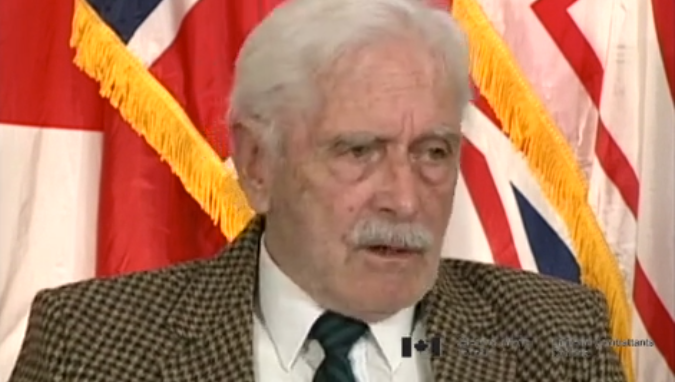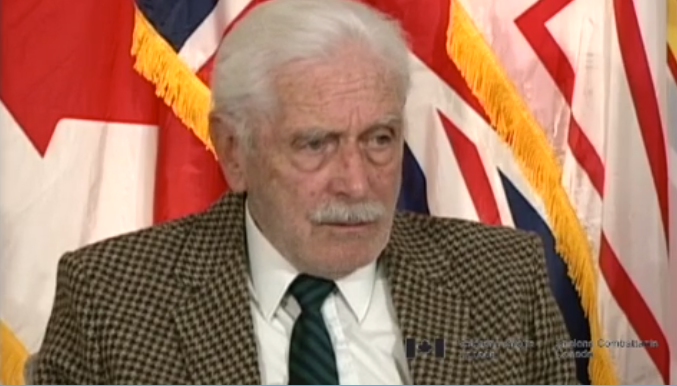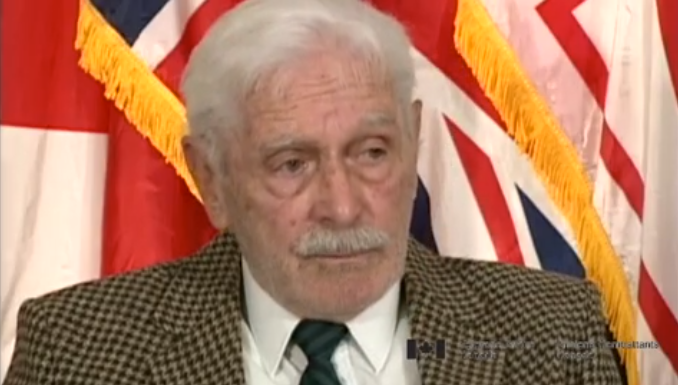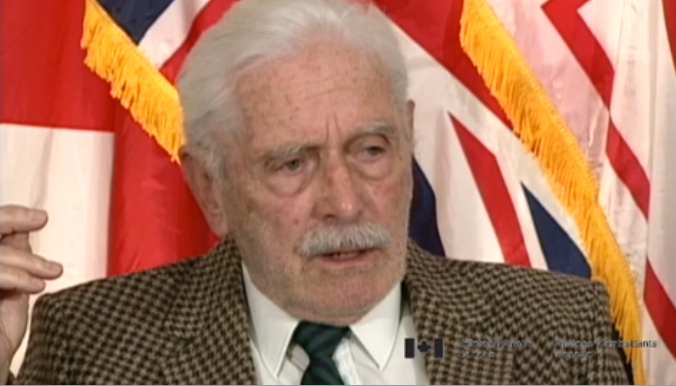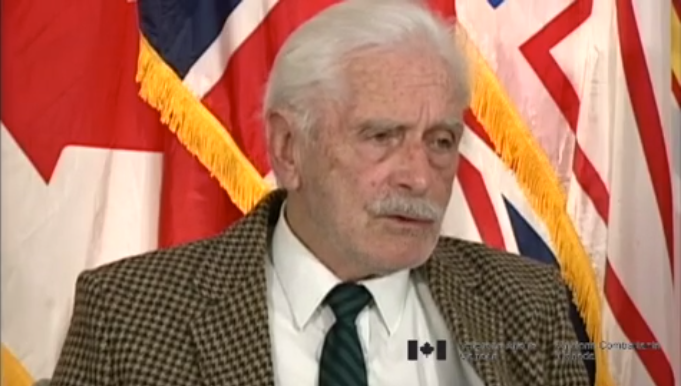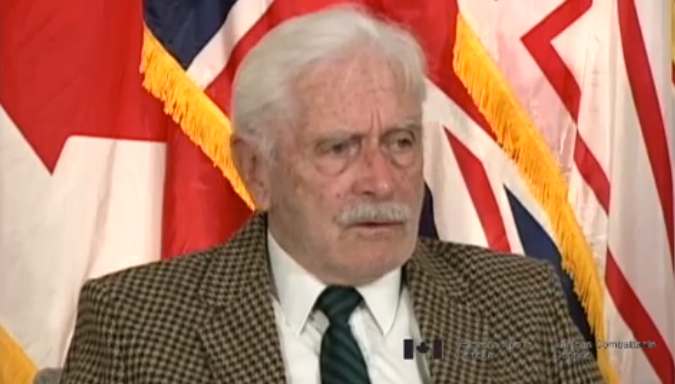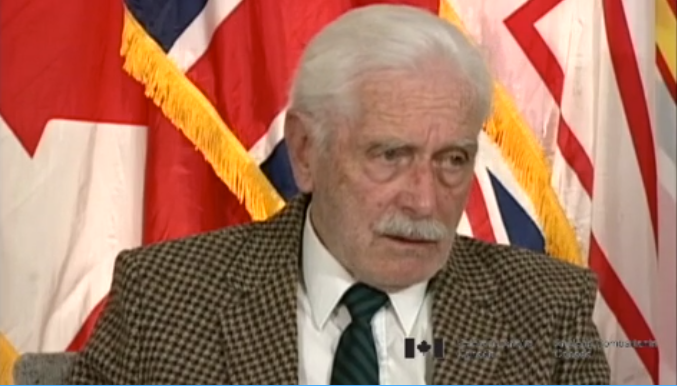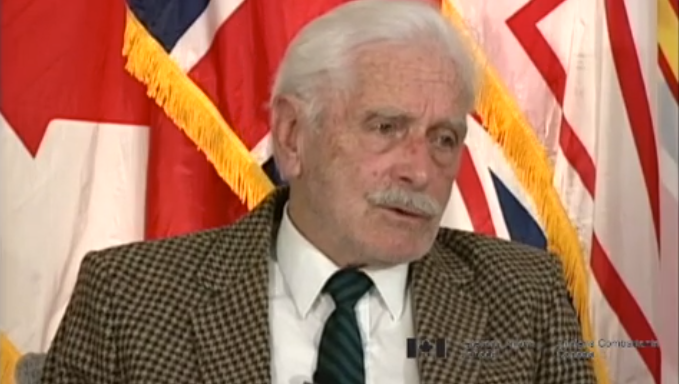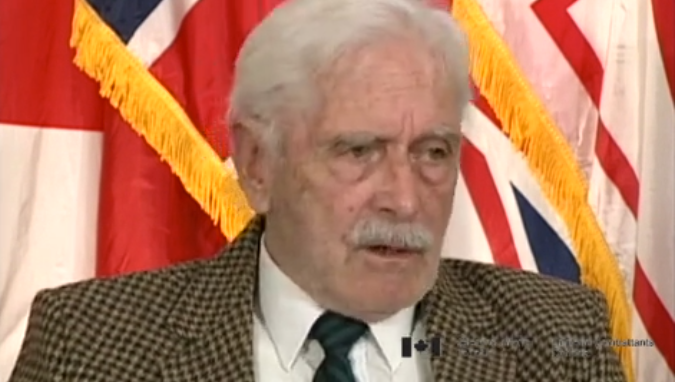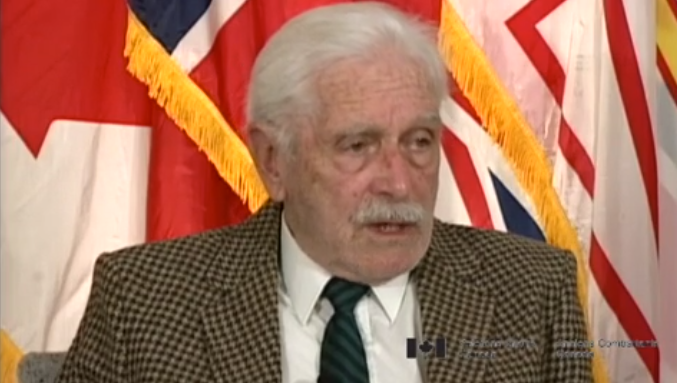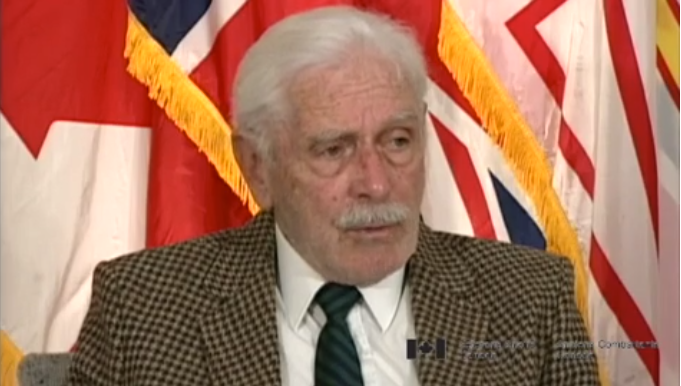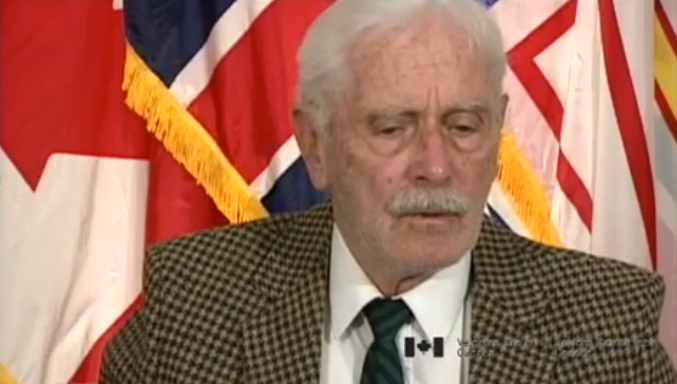Troop Ship Turned Prisoner Ship
Heroes Remember
Troop Ship Turned Prisoner Ship
Anyway eventually we went into Freetown
on the west African coast and from there to
Cape Town for fuel and from there to Durban
on the east coast and from there up to Egypt.
We arrived with some of the first
reinforcements for the British troops that
were going to face Rommel and we made a
number of trips, in fact, we stayed out there
for almost two years running troops up from Durban.
Big ships that bring the troops to Durban, we'd
pick them and take them up to Egypt or
Persian Gulf or wherever they were needed.
On the way back, prisoners, our troop ship
became a prison ship. So you'd bring the
prisoners back to Durban where they'd be landed
and you'd reload with a, with fresh troops.
I enjoyed it at no end. Safe as could be out
there and you had, there'd be a troop convoy.
We were one of the smaller ships and,
there'd be a fleet of in the middle there'd
be a battle ship always, in the middle.
Around the convoy, a fleet of destroyers.
Sunday, in particular, a great day,
the battle ship would, now we're in the
Indian Ocean now, weather is generally good,
warm and beautiful. The battle ship would
generally move up between the ranks and
they'd bring the marine band on deck.
Now they had a marine band, I suspect
there was a hundred, a hundred bandsmen.
I'm not sure, could be fifty,
but there was a hell of a lot and they'd play
all these marching tunes and they'd drop
back slowly between the columns and
the troops would be singing.
When you got ten thousand troops singing
on a day like that, boy with this band it was
something to behold.
Related Videos
- Date modified:



